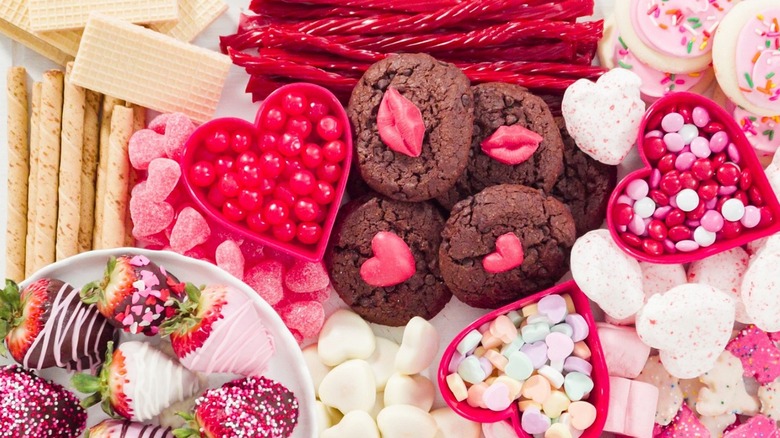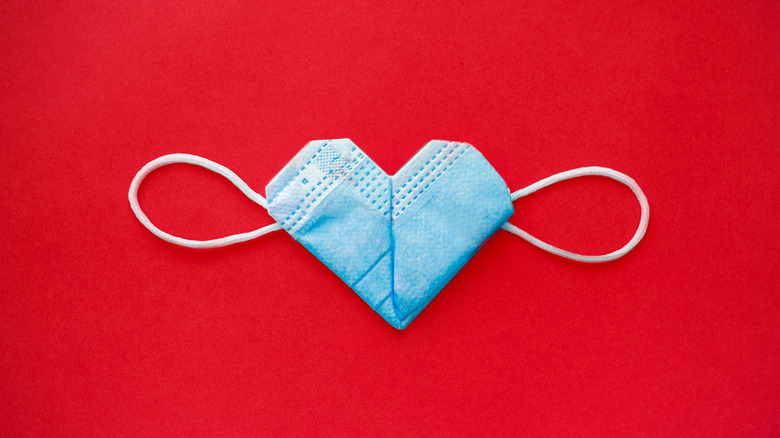Why Chocolate Might Be The Only Valentine's Day Gift That Won't Cost You More This Year
It's February, which means we're building up to Valentine's Day, which means buying treats and goodies for that special someone. So, predictions about how well companies will do thanks to the corporate holiday have been raining in. Valentine's sainthood aside, some higher power seems to have smiled upon the business interests for this year's occasion.
The National Retail Federation (NRF) has released the results of a survey which suggest that this year, American spending for the holiday is likely to reach $23.9 billion, a big jump from 2021's $21.8 billion. This will be the second highest ever revenues recorded for the holiday, down from 2020, which saw U.S. consumers hit by Cupid's arrow spend a total of $27.4 billion.
Dining out and jewelry are expected to contribute to 2022's soaring revenues moreso than last year, when pandemic-related factors likely kept more romantics celebrating at home. But even though some wine-and-diners are ready to step out, that doesn't mean it won't cost them a pretty penny. This year, the average person is expected to spend $175.41 on gifts, an $11.35 rise from 2021. That figure is undoubtedly impacted by the overall increase in the price of consumer goods across the board.
But somehow, chocolate, that good old Valentine's Day standby, has remained unaffected for now.
The holiday is not immune to inflation
While the bounce in spending follows a historical trajectory, part of the rise in revenues may be due to rising prices.
As Fox News reported in January 2022, flowers, another ubiquitous Valentine's Day gift, are likely to be more expensive this year as it is more expensive to ship things in general. Similarly, The Washington Post's Heather Long tweeted that the December 2021 consumer price index reflected a 6.6 percent rise in restaurant prices. The business model has been hit so hard that, as The Wall Street Journal wrote, fast food establishments like Burger King and Domino's were "reducing their menu of discounted items," raising prices, and simply cutting some deals in order "to try to improve their margins." So the increased percent of people eating out will also likely pay a higher price, which would make Valentine's Day more expensive.
The one holdout against soaring costs is the other archetypal holiday gift: chocolate. In 2017, Forbes covered how the cocoa industry was facing a crisis of oversupply, which lowered the value of the crop for farmers who struggle to get by. However, as Bloomberg reported in January, that very oversupply meant that when the pandemic caused people to consume larger amounts of chocolate, the industry could meet the new demand without raising the consumer-facing price.
Here's hoping that handful of change you've got in the car will still cover that hastily purchased heart-shaped Russell Stover box on your way home from work on the 14th.

